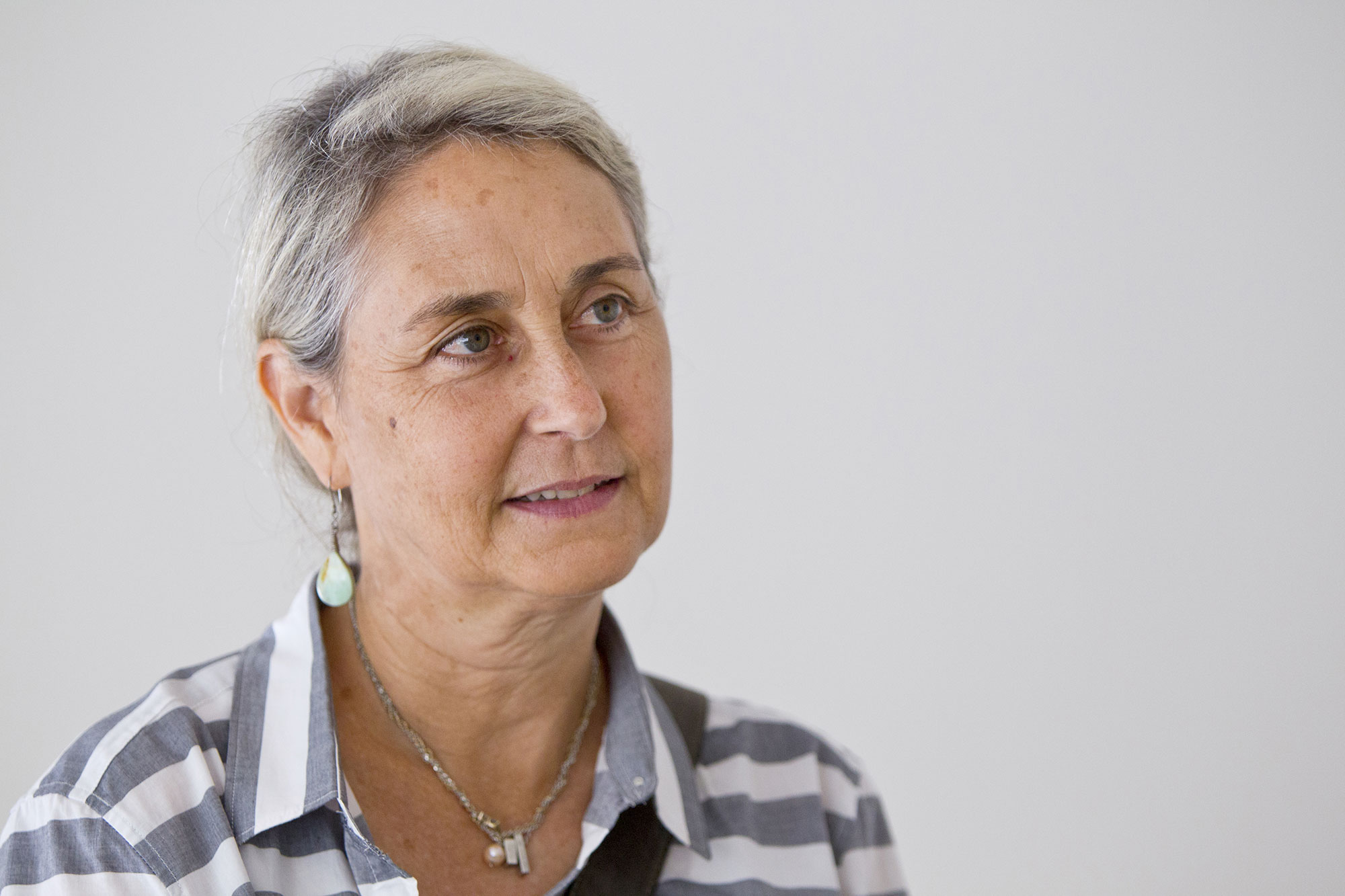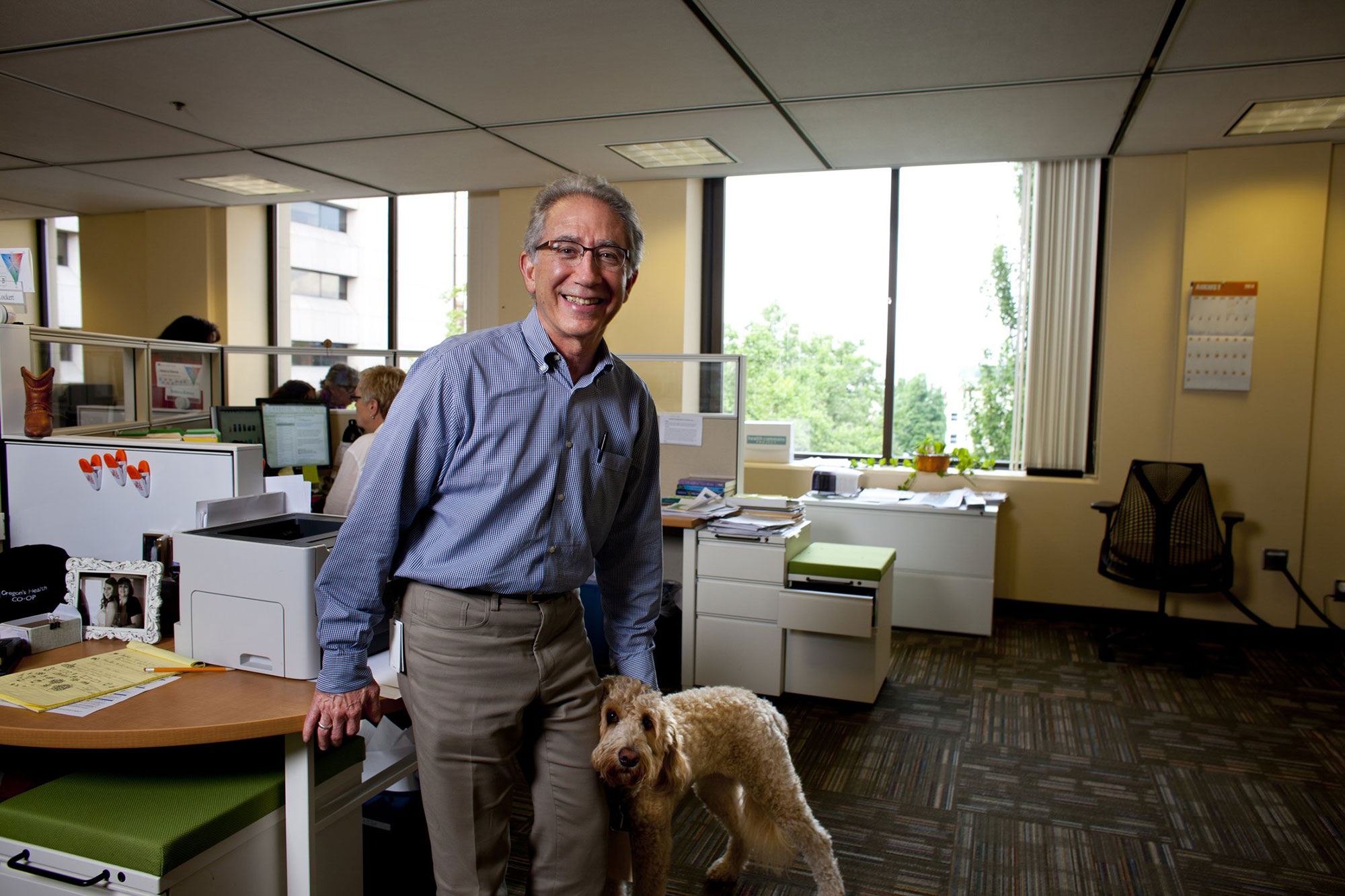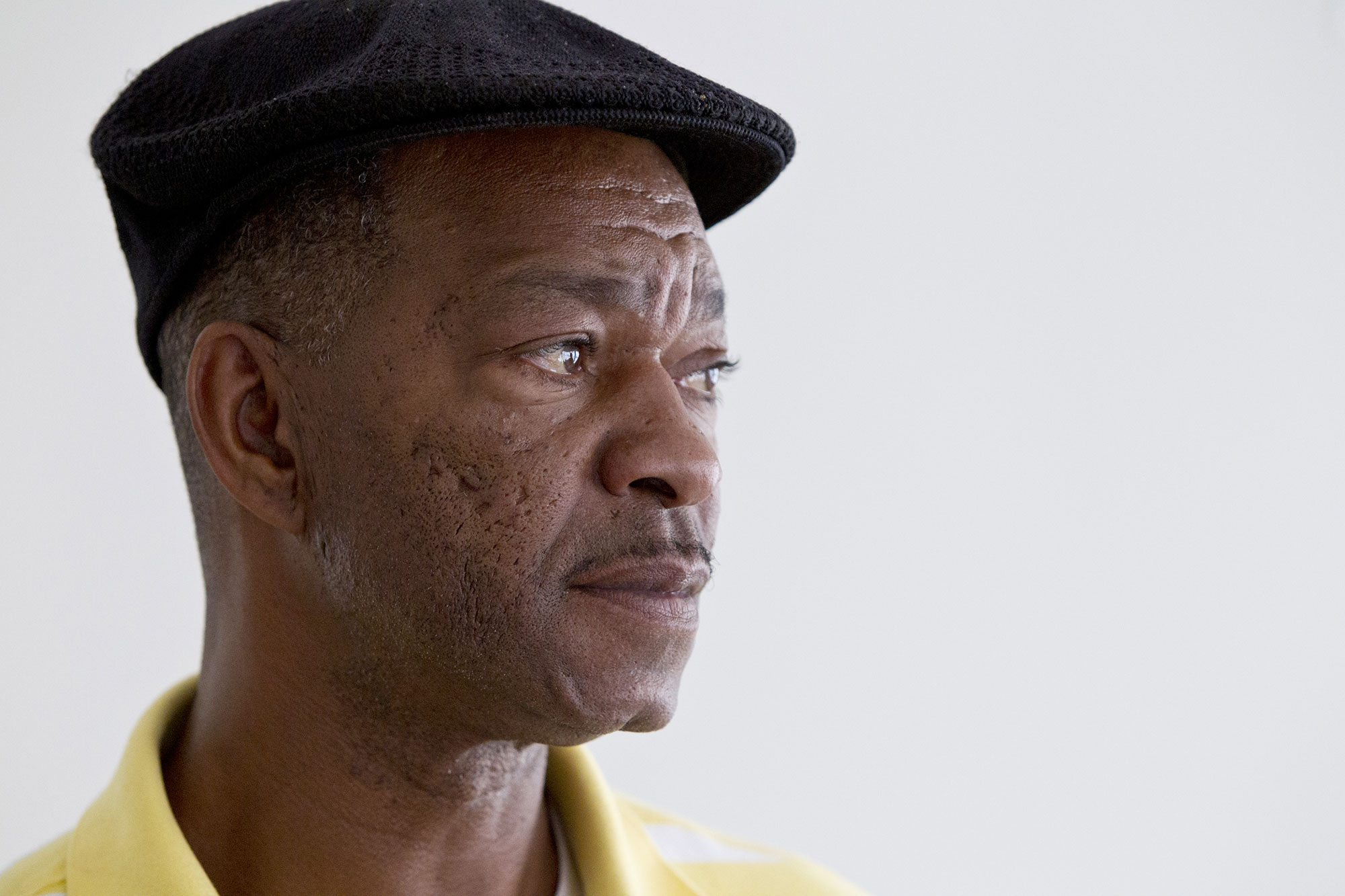About: Poor Health
PORTLAND, Ore. — Better — and cheaper — health care for the poor could lie in the answer to this question:
Can an air conditioner be considered medicine?
Janet Meyer, CEO of Health Share Oregon, says it can.
"There is the case of a guy with a heart problem," said Ms. Meyer, adding that the man keeps going to the emergency department, where doctors stabilize him and send him home, only to find him back again.
"Come to find out, he's in a walk-up with no AC — he has trouble managing his fluids," Ms. Meyer said. "We say, 'Maybe what he needs is an air conditioner.' Instead of going back and back to the ER, we buy him an air conditioner and help him manage his fluids."
The end result: Less money spent and the patient's health improved.
Health Share is part of an aggressive effort by Oregon to lower costs and improve medical care in its Medicaid system, a high-stakes undertaking that uses an unorthodox approach and is funded by a $1.9 billion waiver from the federal government.
The relentless economics of the U.S. health-care system have sapped resources in poor areas for decades as hospitals and doctors follow the money in the form of well-insured patients. Doctors and medical care facilities serving large numbers of poor patients have trouble staying afloat because uninsured patients and those on Medicaid are expensive.
Although most systems tried to skirt financial losses by avoiding those patients, a handful — from hospitals in Camden, N.J., to Philadelphia to those involved in the Oregon effort — have decided to focus on the poor, making them the centerpiece of efforts to spend less and give better care.
- Related: U.S. lags other countries in addressing poverty-related health issues
- Related: How the economics of health care are changing
- Related: The Oregon lab
Oregon's effort is centered on the high utilizers — patients who show up frequently for emergency care and readmissions after hospitalization — among the approximately 971,000 enrollees in its Medicaid program.
"We all realized that a small percentage of this population drives expenses," said George Brown, CEO of Legacy Health, the second-largest health system in the Portland area. "Between 5 and 15 percent drives somewhere between 35 and 50 percent of costs."
The Oregon program, backed by Gov. John Kitzhaber, is being closely watched around the country to see whether the state can bring down health-care costs. As provisions of the Affordable Care Act take hold, programs tailored for the poor could end up being models for patients of all income levels.
The health care law is changing how funding works — money is increasingly being tied to outcomes, rather than pegged to tests and procedures.
The Oregon program is based on fixed, or "capitated" contracts, so health-care providers have incentives to keep expenses down to avoid eating costs that exceed what the contract pays.
The timeframe is short to show that a statewide program can rewire the way health care works. Those involved feel the pressure of justifying the large-scale funding. Oregon's waiver goes through June 30, 2017. An additional $17.3 million federal grant awarded to Health Share runs through 2015.
"One of our board members said black helicopters are going to come in about two years, and people with sunglasses are going to jump out and say, 'where is our money?'" said Meyer.


